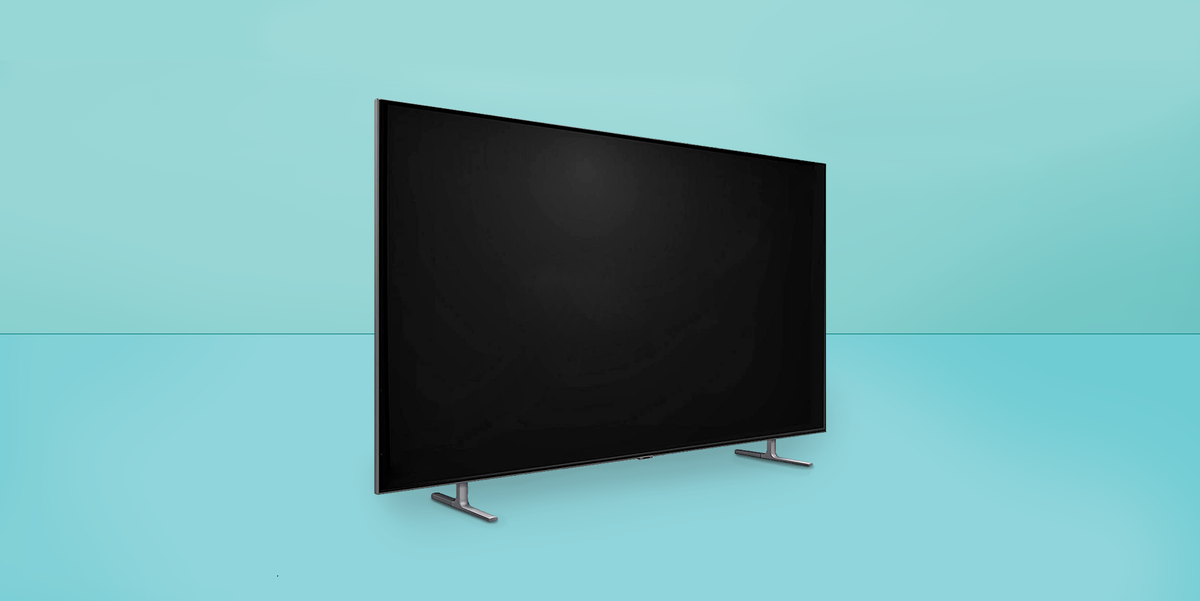A single click of the remote button transporting a person into a new horizon altogether — such was the mesmerising effect of televisions when they were first introduced. From that time till today, the entire dynamics of TV have undergone an overhaul. A sense of awe and wonder lasts as long as the product is new to the human eyes. Hence, instead of the sense of being overwhelmed at the sight of a TV, one expects the device to be infused with the latest technology.
Gone are the days when TVs would only telecast some prescribed channels through the aid of a set-top box; the latter that converts digital television signal into analogue form permitting satellite channels to be viewed. TVs are now supposed to be ‘smart’ — incorporating within themselves characteristics of a smartphone, such as built-in applications operating via the internet. Earlier, anything above 40 inches was regarded as a humongous size for a TV.
Currently, a 43 inch smart TV can be considered as the average size sought by customers. Dramatic changes have swept the domain of televisions. These modifications are due to several factors which have completely altered the television viewing experience.
LED/LCD TVs are getting replaced by OLED/QLED ones
Though liquid-crystal display(LCD) and light-emitting diode (LED) are still the most prevalent types of TV screens, recent trends are depicting a slow but steady change. OLED (organic light-emitting diode) TVs are slowly climbing up the charts. This technology employs organic pixels that glow when supplied with electricity.
Compared to LED screens, OLED models impart an enriching experience with amplified image quality, in terms of brightness, contrast, viewing angle, and refresh rates. Moreover, power consumption is less in the case of OLED models.
This new technology has undoubtedly altered the concept of TVs these days. As OLED TV weighs heavy on the pockets, it is yet to achieve popular support. However, once the prices plunge, it is bound to capture the market.
Another technology that is playing a key role in transforming the way in which we view TV is QLED, a technology popularized by the South Korean electronic giant, Samsung. QLED (quantum-dot LEDs) employs a state-of-the-art technology — quantum dots — to emit coloured vibrant light. QLED can be termed as Samsung’s response to the OLED versions, providing almost the same augmented picture quality, in comparison to LED screens.
OTT platforms have paved the way for smart TVs to become a necessity
It is popularly said that “demand creates its own supply”, and this has certainly held true for smart TVs. In recent years, entertainment content has almost come to be monopolized by over-the-top (OTT) platforms. These OTT media services have garnered maximum viewership owing to their quality content, unlike the regular soap operas telecast on various TV channels.
The unprecedented increase in the demand for OTT platforms meant that the TV manufacturing brands had to rise to the challenge. The rise came in the guise of a plethora of smart TVs flooding the market. These smart TVs, allowing connection to the internet, support OTT platforms and other in-built or downloadable applications.
Different brands employ distinct operating systems; For instance, LG deploys a webOS interface, one of the most smooth and user-friendly operating systems.
Artificial intelligence has undoubtedly become the order of the day in every field, and televisions have not been left far behind. An in-built voice assistant integrated into various smart TVs has rendered the use of remote obsolete.
You can now navigate across applications, and watch your favourite shows just by commanding via the voice assistant. One can also control AI-powered devices in and around the house. For instance, some of the premium models by Sony lends support to Amazon’s Alexa, thus allowing control of AI-backed lights, doorbells etc., just by declaring the instructions.
Step aside HD, it’s the age of 4K or even 8K resolution
Besides the OLED/QLED screen types, path-breaking changes are also taking place in the area of resolution. Resolution can be simply defined as the number of pixels forming a picture on the screen.
The greater the resolution, the better is the sharpness and clarity of pictures. 4K or Ultra HD TVs constitute four times the number of pixels as found in High-Definition (HD) sets. Recent times have depicted a sharp rise in the preference for TVs offering 4 K resolutions. Not only 4K, but some brands have even brought into the market TV models with 8K resolution. Dive into an altogether futuristic environment with 8K resolution TV sets, which produces larger than life images.
We have come a long way from the period when TVs came in wooden cabinets, showcasing black and white pictures. As technology improves and innovations take place, TVs will further get revamped and re-modelled. The TV manufacturing brands continue to strive to keep pace with the users’ demands and changing tastes.
If you’re wishing to buy a new TV, head over to the Bajaj Finserv EMI Store to be surprised with exciting deals on the best brands. You can search for your required appliance with specific characteristics quite conveniently.
In the filter option, choose the characteristics which you’re looking for in the TV to be flooded with numerous choices for the same. For instance, a 43-inch smart TV can be filtered out by selecting the 39-43 inch size bracket. Moreover, with the aid of the Bajaj Finserv EMI Network Card, you can purchase the new TV at no-cost EMIs.



